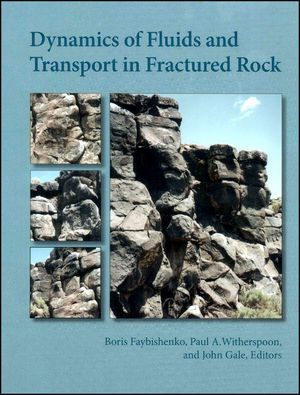

Most ebook files are in PDF format, so you can easily read them using various software such as Foxit Reader or directly on the Google Chrome browser.
Some ebook files are released by publishers in other formats such as .awz, .mobi, .epub, .fb2, etc. You may need to install specific software to read these formats on mobile/PC, such as Calibre.
Please read the tutorial at this link: https://ebookbell.com/faq
We offer FREE conversion to the popular formats you request; however, this may take some time. Therefore, right after payment, please email us, and we will try to provide the service as quickly as possible.
For some exceptional file formats or broken links (if any), please refrain from opening any disputes. Instead, email us first, and we will try to assist within a maximum of 6 hours.
EbookBell Team

0.0
0 reviewsPublished by the American Geophysical Union as part of the Geophysical Monograph Series.
How to characterize fluid flow, heat, and chemical transport in geologic media remains a central challenge for geo-scientists and engineers worldwide. Investigations of fluid flow and transport within rock relate to such fundamental and applied problems as environmental remediation; nonaqueous phase liquid (NAPL) transport; exploitation of oil, gas, and geothermal resources; disposal of spent nuclear fuel; and geotechnical engineering. It is widely acknowledged that fractures in unsaturated-saturated rock can play a major role in solute transport from the land surface to underlying aquifers. It is also evident that general issues concerning flow and transport predictions in subsurface fractured zones can be resolved in a practical manner by integrating investigations into the physical nature of flow in fractures, developing relevant mathematical models and modeling approaches, and collecting site characterization data. Because of the complexity of flow and transport processes in most fractured rock flow problems, it is not yet possible to develop models directly from first principles. One reason for this is the presence of episodic, preferential water seepage and solute transport, which usually proceed more rapidly than expected from volume-averaged and time-averaged models. However, the physics of these processes is still known.Content: